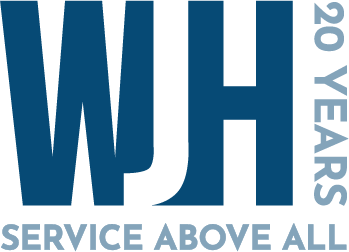A reserve study is a long-term budgetary planning tool provided to an owner or maintaining entity (ex: Homeowners Association) of a property. The study is a comprehensive inventory of site components, whose purpose is to give an estimate of the replacement and/or repair costs for site work, building construction, and furnishings over a set life expectancy. The quality of materials used, the quality of installation, the environment, and the level of maintenance required and expected physical use are all contributing factors for this type of engineering study. Based upon these criteria, maintenance dates of items, such as roofing or paving, can be determined. With this information, the owner or maintaining entity can identify the amount of money that they will need to be budgeted and set aside in order to conduct long-term repairs and maintenance of common site areas and building components. A thirty-year timeline is the common approach for reserve studies.
The two most common & industry-accepted methods for calculating a reserve study are the Cash Flow Method and the Component (or Straight-Line) Method.
The Cash Flow Method
The Cash Flow Method is a typical funding strategy used to attain and maintain the reserves of a site at a level that will allow the reserve to be fully funded and have an ending reserve balance of one dollar at the end of a study period. This method accounts for inflation and interest of unit prices, which are subject to change over a study period of 30 years and can include percentage increases in annual funding per year to provide a conservative result. In the event that excess funds are carried over after a study period, the reserve study should be updated following construction and yearly contributions to the reserve fund should be reanalyzed.
The Component Method
The Component Method divides the current replacement cost of each common element by the number of years before replacement. This allows one to arrive at the necessary annual funding amount for each common element, as each element may have varying time lines. For instance, one component may require $10,000 over 10 years, which would require an annual budget of $1,000. Whereas another component may require $30,000 over 30 years. Despite the budgetary differences, both would require an annual budget of $1,000. Additionally, if a fund is slightly above a 100 percent fully funded balance level, this is to account for unexpected or premature replacement or higher than replacement costs due to changes in inflation or interest rates over a study period.
How WJH Used the Cash Flow Method for a Recent Reserve Study
In WJH’s most recent reserve study, we utilized the Cash Flow Method. Additionally, the elements used in the calculation for the reserve study were broken down into three categories:
- Site Component Elements which included:
- Seal coating
- Signs
- Sidewalks
- Trees
- Curbing
- Building Interior and Exterior Component Elements which included:
- Shingles
- Carpeting
- Cabinets
- Windows
- Electrical
- Furniture and Appliance Component Elements which included:
- Mattresses
- Tables
- Chairs
- Trash Cans
- Appliances

